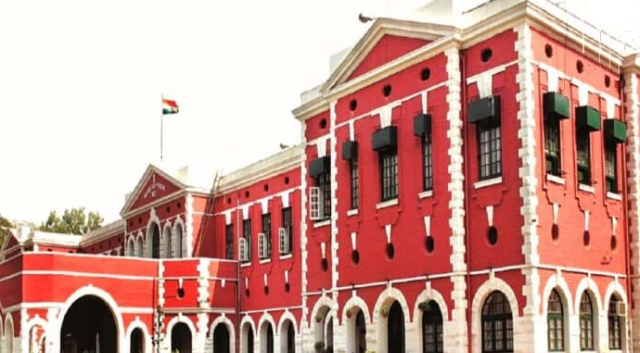The Jharkhand High Court on Wednesday took a significant step while directing the state government to identify and deport infiltrators from Bangladesh. A division bench of Justices Sujit Narayan Prasad and Arun Kumar Rai was hearing a PIL demanding a probe into the infiltration of Bangladeshi nationals and the alleged demographic changes in the Santhal Pargana region.
According to the petitioner’s lawyer Rajeev Kumar, the government has been asked to file an affidavit within two weeks. “The court instructed the state that all Deputy Commissioners in the Santhal Pargana region should work in coordination to identify the infiltrators and prepare an action plan to deport them,” he said. We thought of digging deeper into this subject as a national threat and found out a similar PIL filed back in 2017 in the Supreme Court which still awaits proceedings.

We found out 5 major concerns that need serious attention to the matter:
1. The bigger the number, the bigger the problem
Since 2017, approximate data of infiltrators’ total count has crossed the 50 million mark across all Indian borders combined, which is significantly huge to make demographic changes in any constituency. Especially in tribal areas like Jharkhand, where this seems to happen in a strategic way to cause maximum damage with an ulterior motive unfolding with time.
2. What is the choker in Jharkhand?
Both the Police and BSF are rendered helpless due to the outdated Foreigner’s Act, of 1946 which fails to instil fear among immigrants. To date, no immigrant has faced a jail term exceeding three years, underscoring the inefficacy of the law or its implementation. Besides, there are many legal options for such immigrants to take help from within the nation and successfully settle till the next hearing shows up.
3. How bad is it getting for Jharkhand?
The court was told about the strategic marriages initiated by infiltrators and local tribal girls in many parts of Santhal Pargana by means of Love-Jihad, leading to possible political representation at the village level. This tactic is allegedly part of a broader ‘Land-Jihad’ strategy, which helps them get better control over resources and also involves encroachments by slums along roadsides which were dense jungles just a few years ago. There is a well-established nexus working around the borders which helps in creating forged documents, collective inhabitations in slums and even small businesses for daily wages etc. These actions have resulted in significant demographic shifts in the region.
4. How does it affect us?
By marrying a tribal, an infiltrator reportedly obtains legal documents to stay here followed by the benefits meant for the tribal community. Since a majority of such illegal immigrants are unfortunately a minority in our country, the now new citizens become entitled to the benefits showered by that state or the union upon the minorities. They exploit state and union schemes, draining resources intended for the local population. It affects us Indians in a direct form as these schemes are a product of us taxpayers hard hard-earned money.
5. Biggest challenge for Jharkhand government!
Awaiting solutions, one of the critical questions is how the state plans now to identify these infiltrators effectively in a limited period. With what we mentioned above, it is clear that they have mixed with native people so well with safe play, that it has become difficult to keep a check. Other challenges also include serious pondering on why stricter laws like the Unlawful Activities (Prevention) Act (UAPA) or the National Security Act (NSA) are not being imposed at least on the helpers to curb this issue.
To our surprise, the High Court’s acceptance of the ‘Land-Jihad’ concept marks a crucial development in addressing the infiltration crisis. We have attached the source of this news in this article. Feel free to check by clicking here. As the state government prepares its action plan, the nation watches closely, hoping for a permanent solution to protect the region’s demographic integrity and ensure the safety of its tribal communities.
What do you think of, as solutions to such a serious issue, let us know in comments!